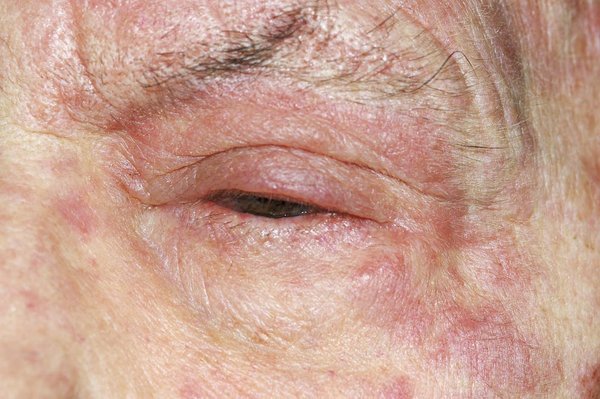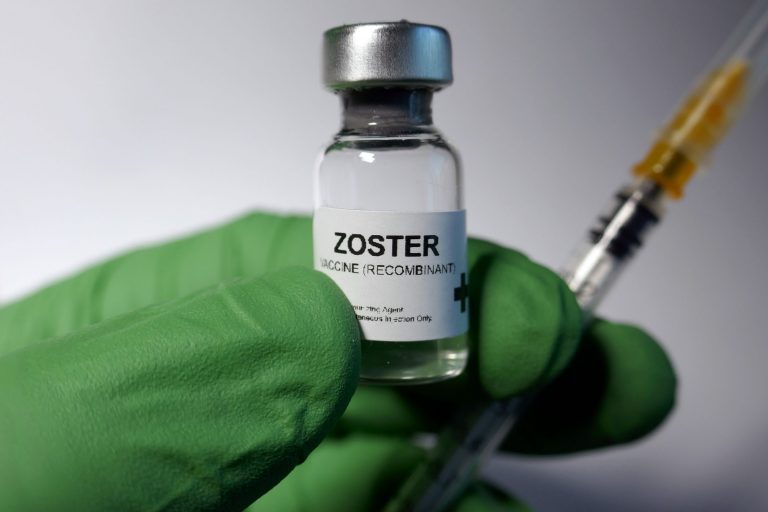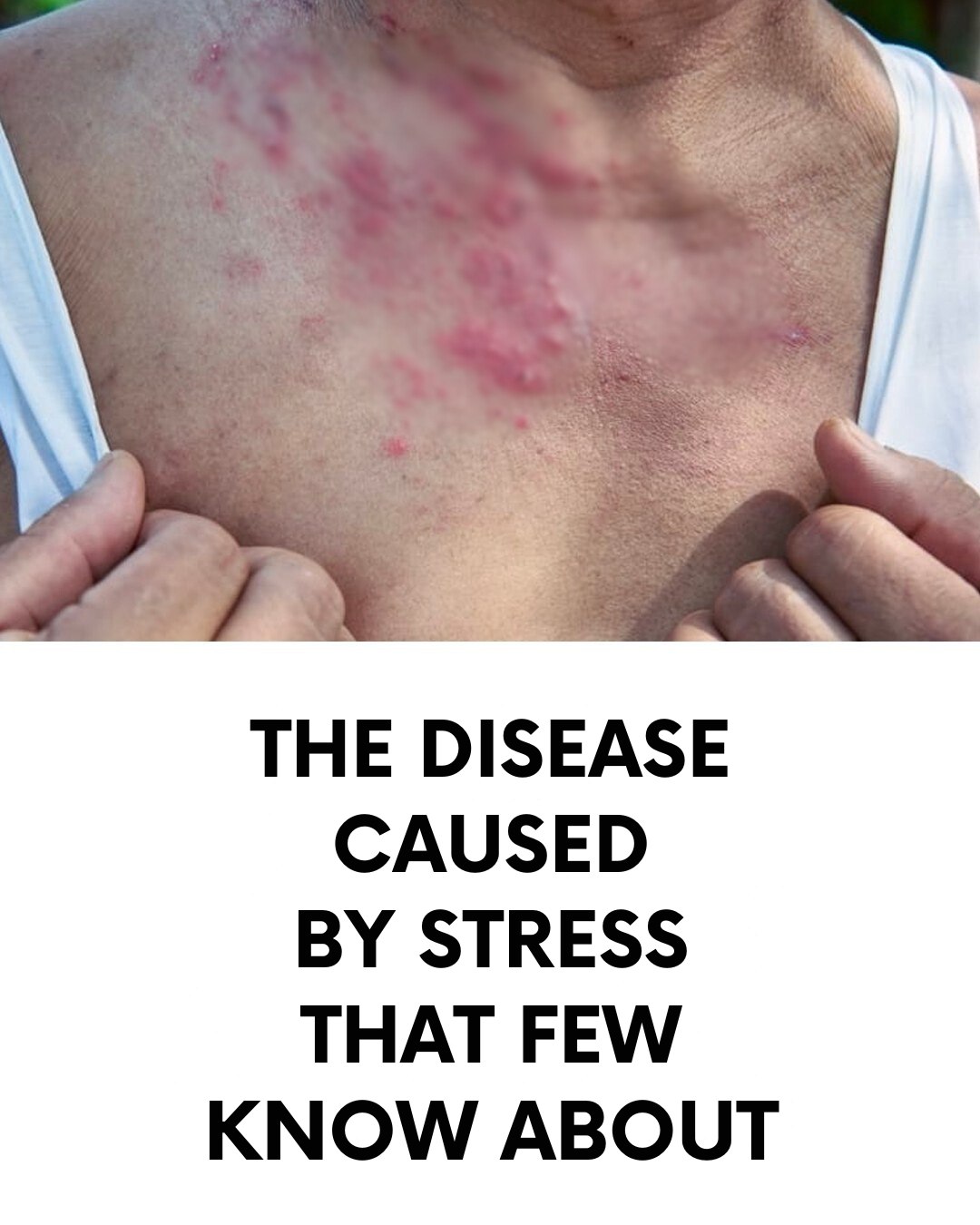3. Shingles on the Face
Facial shingles is less common but can be particularly uncomfortable and serious. It usually affects just one side of the face. If the rash develops near or inside the ear, it may lead to hearing loss, dizziness, and even temporary facial paralysis (Ramsay Hunt syndrome). If shingles appears inside the mouth or on the scalp, it may cause pain while eating or brushing your hair, and in some cases, even hair loss.
4. Shingles in the Eye

When shingles affects the eye (called herpes zoster ophthalmicus), it becomes a medical emergency. The rash may show up on the eyelid, forehead, or even the tip of the nose — which often signals that the eye itself could be involved. Symptoms may include:
- Eye redness and tearing
- Swelling around the eye
- Light sensitivity
- Blurred vision
If left untreated, shingles in the eye can lead to permanent vision damage or even blindness.
5. What Causes Shingles?
The varicella-zoster virus remains inactive in your nervous system after you recover from chickenpox. But certain factors can trigger it to reactivate. These include:
- Aging (weakened immune system)
- Severe stress
- Illness or trauma
- Use of immunosuppressant medications (e.g., for cancer or autoimmune conditions)
6. Is There a Cure?

There’s no outright cure for shingles, but early treatment can ease symptoms and speed healing. Your doctor might prescribe:
- Antiviral drugs (e.g., acyclovir, valacyclovir) to reduce the duration and severity
- Pain relievers (prescription or over-the-counter)
- Anti-inflammatory medications
- Topical treatments or gels (like aluminum chloride) for blister relief
To minimize risk of spreading the virus:
- Avoid direct contact with the blisters
- Keep the rash covered
- Avoid contact with pregnant women, newborns, and those with weakened immune systems if you have active shingles

